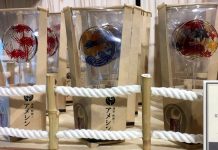Japanese cuisine is varied and offers a wide range of dishes whatever your personal tastes may be; some dishes even draw on those we’re familiar with in other countries. However, there are some truly unique foods in Japan that are considered rare delicacies to be sought out and tried by even those that have grown up here.
The Most Unique Dishes in Japanese Cuisine
Here are some of the most interesting Japanese dishes that you may want to try if you’re an adventurous eater.
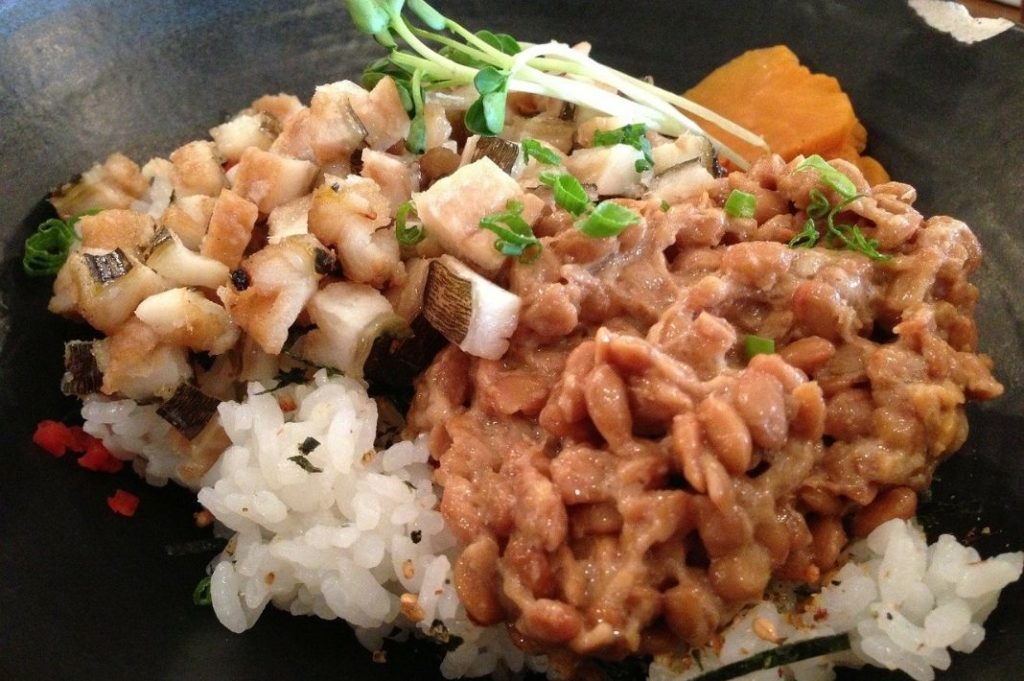
Natto
Natto is often brought up as a dish that typically repulses people who haven’t grown up with it due to its fermented flavour and smell plus slimy texture that takes some getting used to for many. A healthy and convenient dish that can easily be picked up at convenience stores for a protein and vitamin hit on the go.
Natto is often considered a superfood for its support to the digestive system and blood pressure levels plus it’s meant to leave you with healthy skin and nails. It’s typically served as a topping to rice and can be mixed with vegetables and alongside meat which is particularly useful if you’re just getting used to the flavour! One of the most unique foods in Japan that’s also suitable for vegetarians and vegans.
Basashi
While the world is fairly divided on eating horse meat, Japan, like France, has some specialty horse dishes. Basashi is a type of sashimi involving thin slices of meat with cuts that vary in flavour depending on the age of the horse, cut, and fat content with the rarest cut being from the neck of the animal. It’s also known as cherry blossom meat ‘sakura-niku’ due to its deep red hue and is most commonly served in Kumamoto, a city on Kyushu. The slices of meat are typically dipped in soy, ginger, and horseradish before being eaten creating that mix of subtle flavours that Japanese cuisine is known for.
Nankotsu
Trying cuts of meat on skewers that you might not typically try is a bit of a staple of a night at an izakaya. Nankotsu is one of those that you might want to give a go especially if you enjoy crunchy and chewy textures as nankotsu is chicken cartilage, taken typically from the breast and leg. It’s usually served with lemon wedges and salt and provides a perfect light snack that goes well with beer. It’s also sometimes served fried without the skewer which many people prefer.
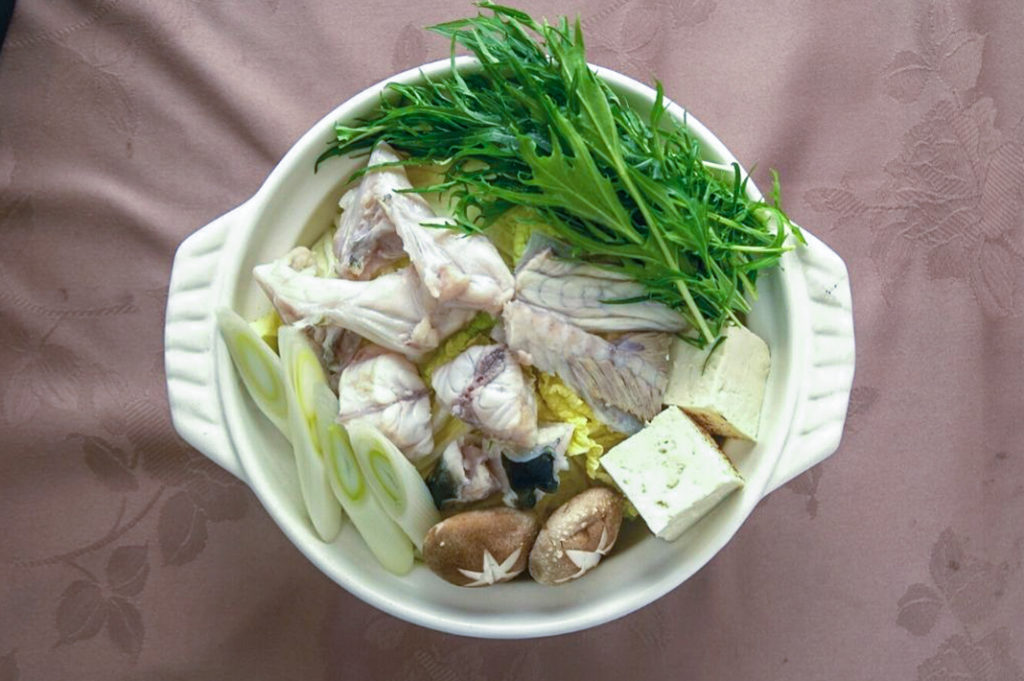
Fugu
A dish that’s internationally famous but very few have tried, Fugu is a fascinating seafood dish because when prepared badly it can make the diner incredibly ill and even cause death. This is because it’s one of the few fish where some of the internal organs and skin are poisonous. Despite this, it’s a popular dish in Japan but, as a result, can only be prepared by highly trained chefs. Chefs can apply for certification after five years as a chef but comparatively few graduate and receive the qualification.
There are many fugu dishes to choose from including fugu sashimi, fugu karaage, and even as the main ingredient of the nabe dish tecchiri. With a delicate and completely unique flavour, fugu is an exciting dish to try but it’s important to try fugu at a licensed restaurant where it’s said to be almost risk-free.
Shirako
This is often labeled as one of the strangest Japanese foods and is the subject of plenty of online videos where people dare each other to try it. Shirako isn’t a dish you’ll find everywhere but is a delicacy that will typically be served in sashimi or specialty seafood restaurants when it’s in season.
Also known as milt, shirako is the sperm sac of fish and is cooked in such a way that the outside remains firm while the inside is thick, warm, and creamy. It can also be fried and served as tempura or steamed and served atop of rice. While eating milt isn’t unique to Japanese cuisine, the preparation and serving techniques make this an unusual dish that adventurous foodies should try a least once.
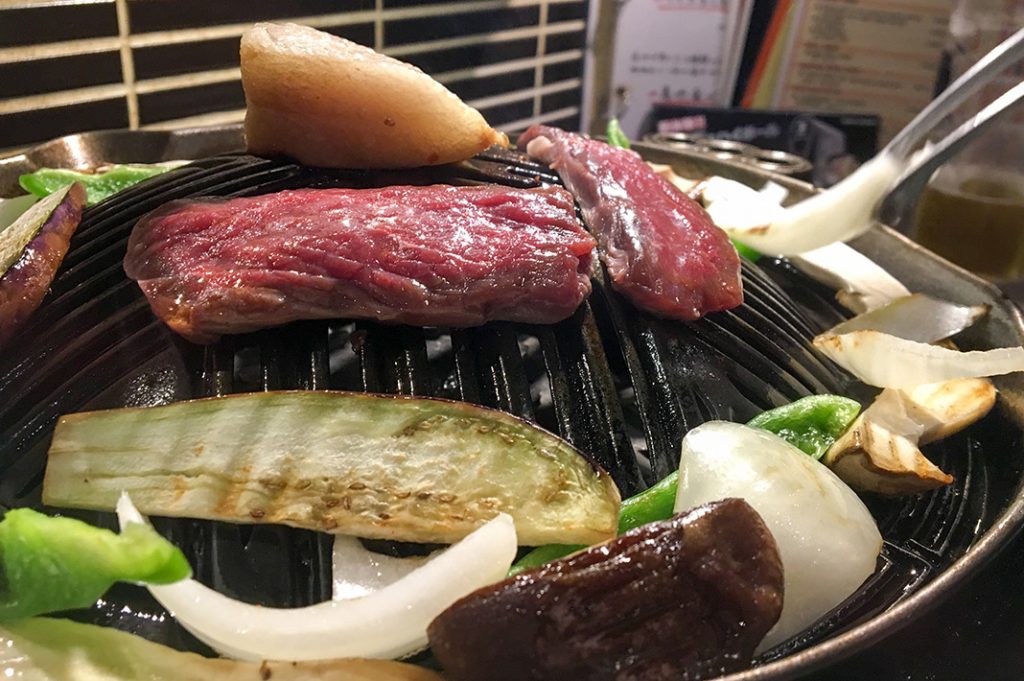
Shikasashi
Venison is considered somewhat of a delicacy across the world and deer sashimi is one of the rarer types on offer. It’s one of the more unique foods in Japan as it’s typically only found in certain areas of the country, particularly popular in Wakayama. Served simply with garlic, ginger or wasabi and soy this is a dish where the flavour speaks for itself. A deep red colour, it resembles raw tuna.
Chicken Tataki
Dishes that involve raw or lightly cooked chicken are often a surprise to people arriving in Japan, often from countries where chicken is something to be cremated rather than simply cooked. Of course, great lengths are taken to make sure the chicken that is served raw is healthy which includes taking cuts from closer to the breast bone and sourcing from healthy farms with chickens that are well looked after.
Tori no Tataki (or seared chicken) is such a dish and is typically served in izakayas and traditional restaurants, The chicken is lightly seared, much like a rare steak and lightly marinated in vinegar and ginger seasoning. It’s typically served alongside dipping sauces and rice.
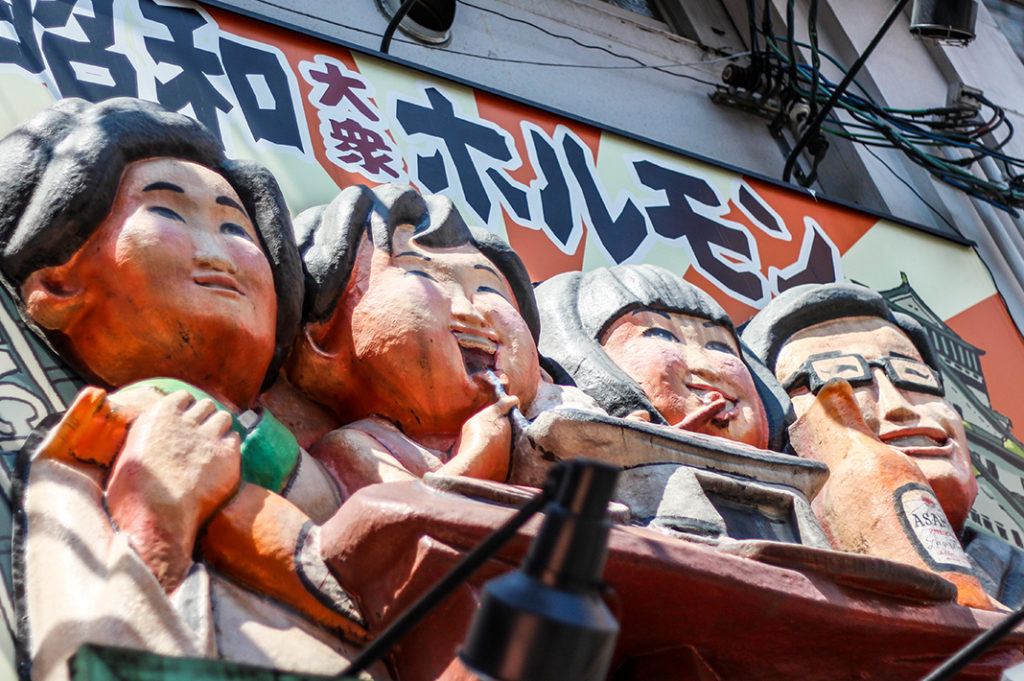
Motsunabe
This meaty hot pot dish originated in Fukuoka and is enjoyed across Japan. It’s unique in that it’s one of the dishes that incorporate offal as part of its main ingredients. Horumon dishes are varied in Japanese cuisine and are particularly popular in Osaka where you can find a range of dishes incorporating various organs.
Motsunabe specifically simmers beef or pork tripe and other innards which are prepared before going into the pot for maximum flavour. The motsu are then combined with miso or soy broth and lashings of garlic and chili with an iconic layer of chives on top.
There is plenty in this list for the adventurous eater to try—who knows, you may find a new favourite food!
Post by Japan Journeys.











